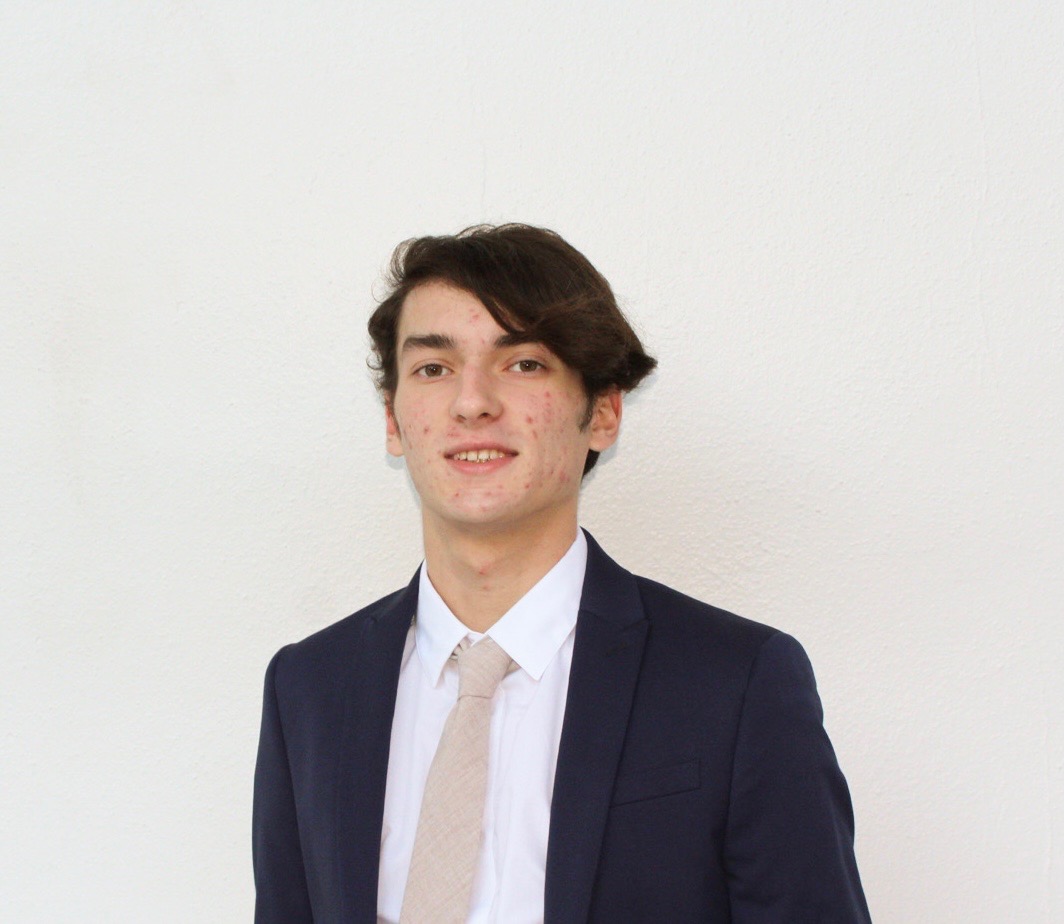Research Symposium
22nd annual Undergraduate Research Symposium
Aidan Perez Poster Session 4: 12:30-1:15/Poster #63

BIO
Hey! I'm Aidan G. Perez, a freshman student at Florida State University from Hialeah, Florida. When I'm not working on my coursework or conducting research, you can find me playing rounds of golf, catching up on some reading, or watching Formula 1 on the weekends. Growing up, I always loved being in the ocean, and was constantly eager to learn about aquatic wildlife. For this reason, my current research interest include marine conservation and epidemiology, particularly in regard to Florida sea turtle populations. I hope to carry the experience I gain from undergraduate research into my post-graduate professional endeavors, hopefully ultimately culminating into health professional school.
A Spatiotemporal Analysis of Fibropapillomatosis Presence in Green Sea Turtles (Chelonia mydas) at Crystal River, Florida
Authors: Aidan Perez, Joshua Cullen, PhDStudent Major: Biological Sciences
Mentor: Joshua Cullen, PhD
Mentor's Department: Department of Earth, Ocean, and Atmospheric Science Mentor's College: College of Arts and Sciences Co-Presenters:
Abstract
Among the risk factors for sea turtles in Florida, fibropapillomatosis (FP) is of particular relevance. FP is a viral, environmentally transmitted neoplastic disease that is often linked to Chelonid alphaherpesvirus 5 (ChHV5) and various environmental conditions, such as eutrophication events and coastal habitat degradation. The disease is notably more prevalent in green turtles (Chelonia mydas) than other species, with incidence rates >20x greater than loggerhead (Caretta caretta) and Kemp’s ridley turtles (Lepidochelys kempii) in Florida. Severe cases of FP are dangerous in turtles, as debilitating tumors can cause loss of mechanical functions and blindness, often leading to death. This study will investigate the spatiotemporal patterns of FP incidence among green turtles captured from 2016 to 2021 (N=73) in the relatively pristine Big Bend region near Crystal River, Florida. Based on this analysis, we will determine which epizootic and anthropogenic factors may drive changes in observed prevalence of FP over space and time. Our study will also evaluate tumors present on captured green turtles based on criteria of size and location in order to characterize neoplastic growths among Crystal River turtles. The results from this study will assist our understanding of FP prevalence for green turtles in Crystal River, which can then be compared against FP incidence in more degraded habitats in other parts of Florida. Further, results from this study will be used to promote further green sea turtle conservations efforts, and may be used as a baseline when compared to other regions with similar or greater risk factors.
Keywords: marine, turtles, Florida, ecology, conservation

